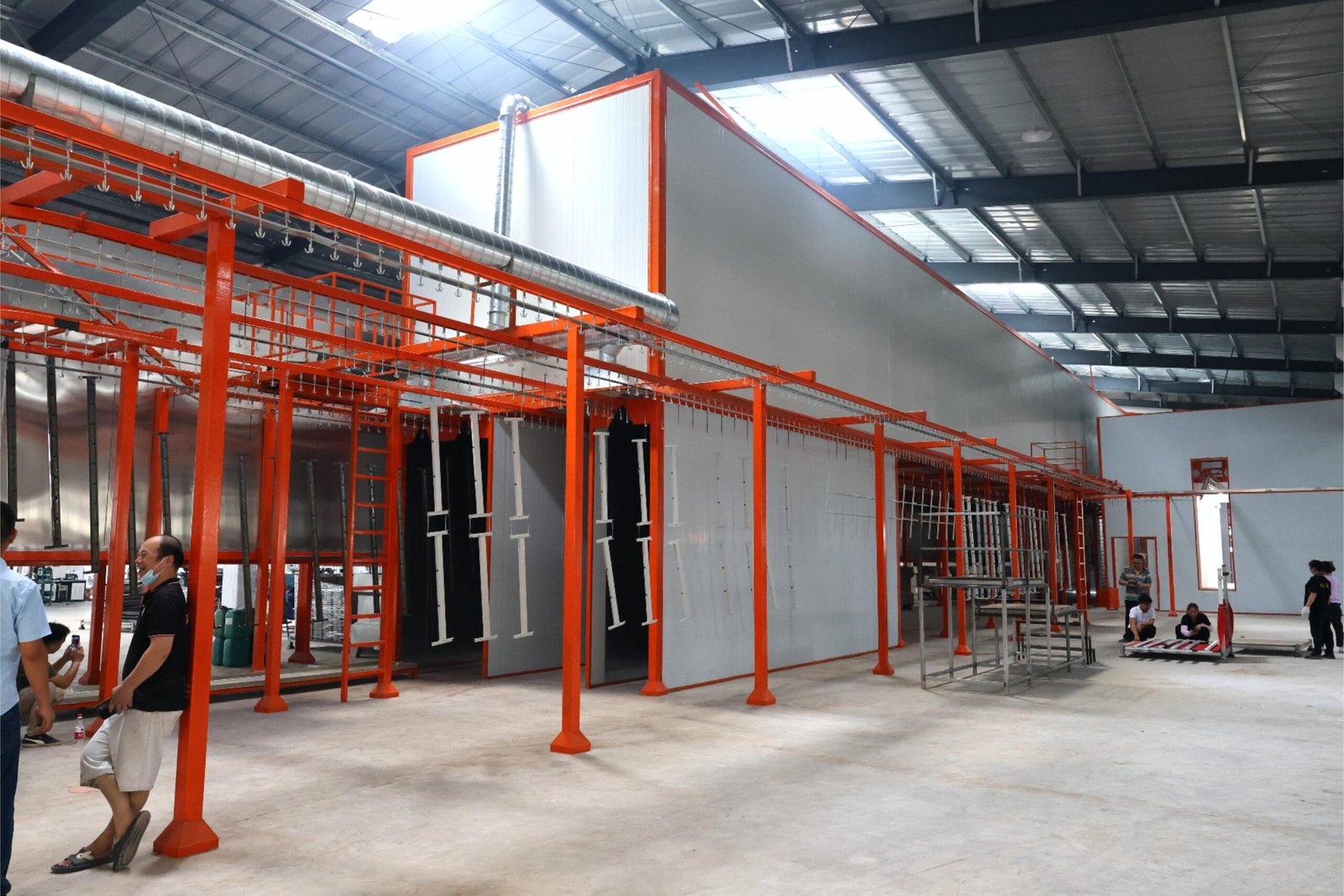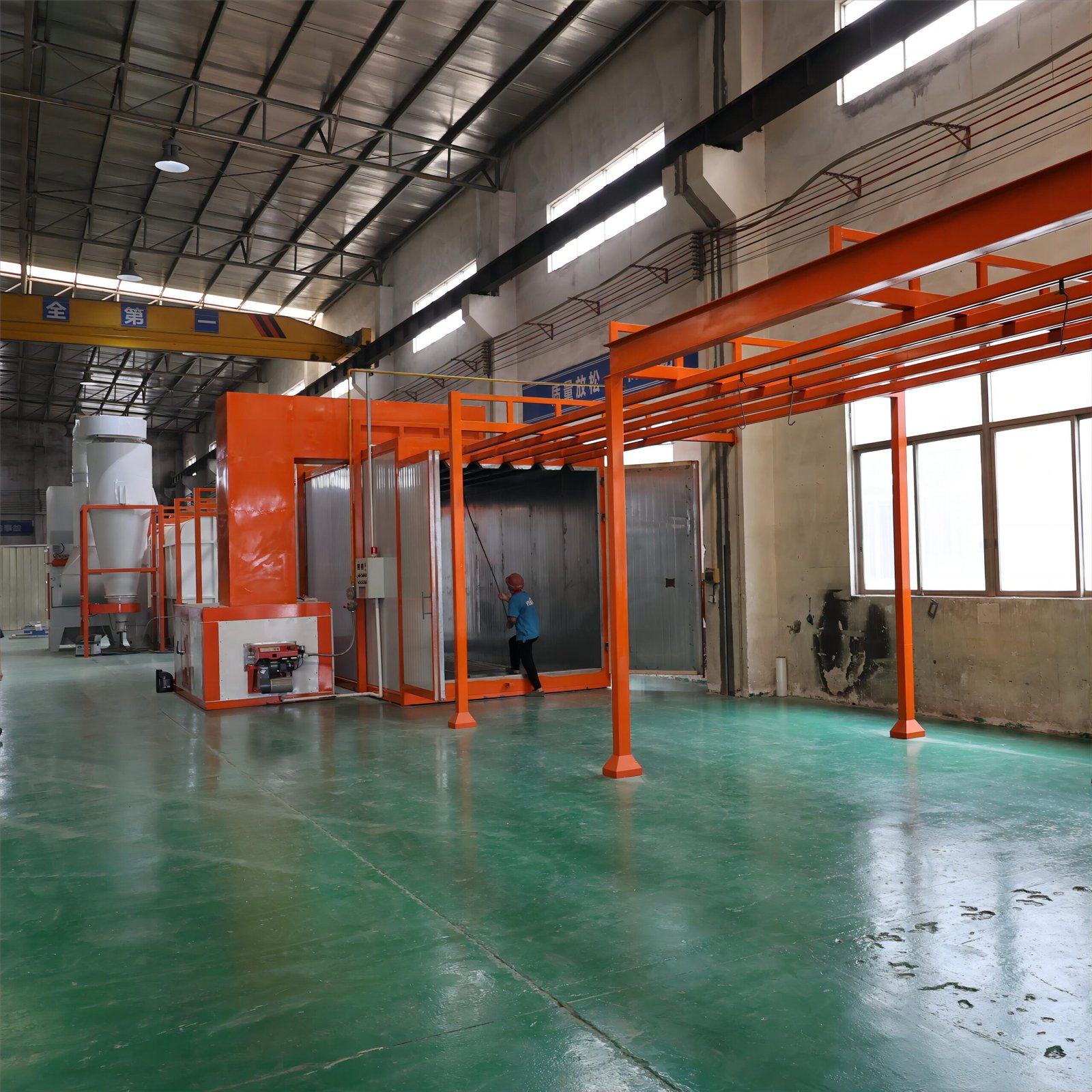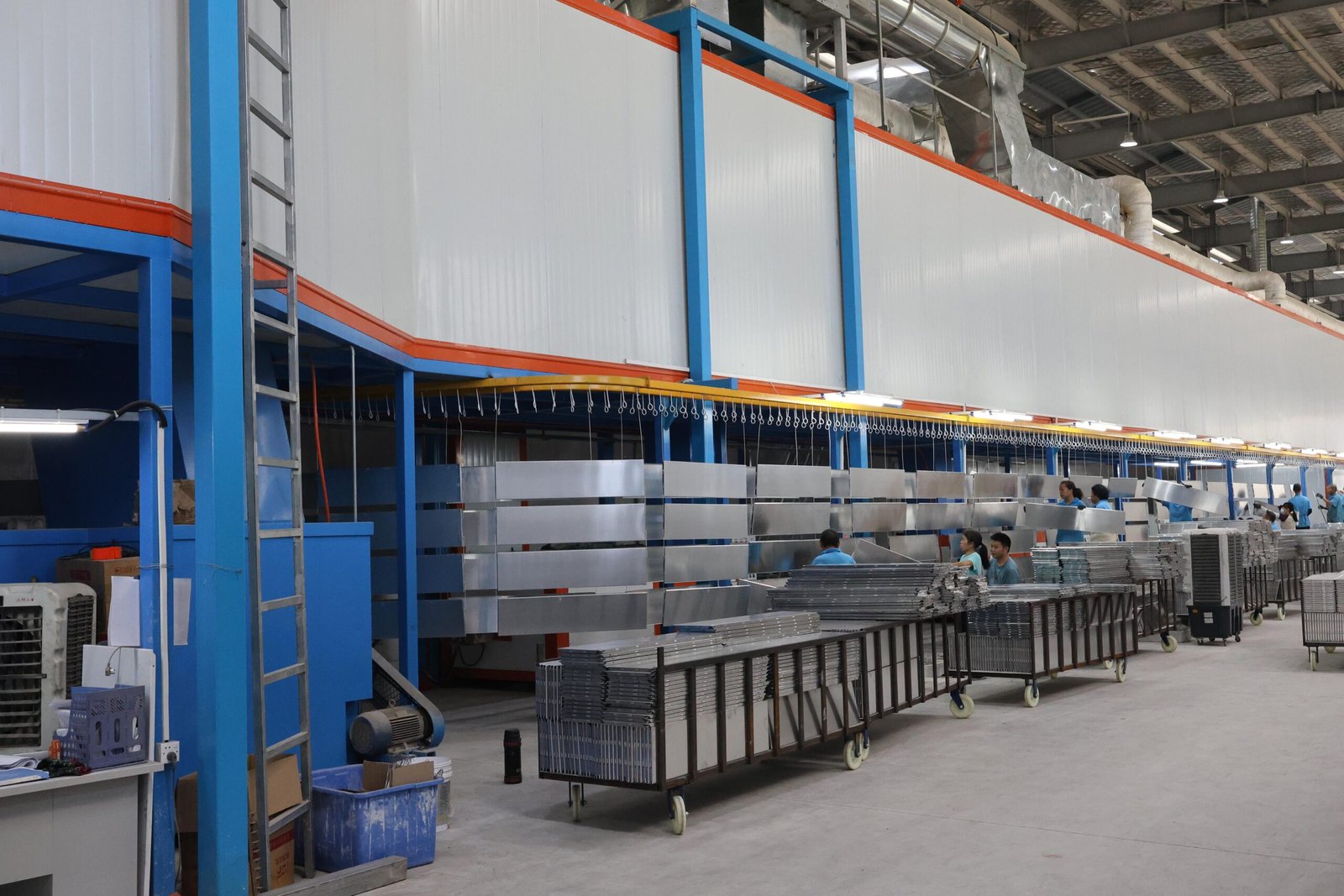What Safety Measures Are Necessary for Powder Coating Operations?

Powder coating can be efficient, durable, and eco-friendly—but if safety is ignored, it becomes a fire hazard.
To operate a powder coating system safely, we need to use proper ventilation, wear personal protective equipment, prevent explosions, train staff, and maintain all critical equipment.
If we don’t pay attention to safety, even the best powder coating systems can put workers and facilities at risk. Let’s look at what we need to do to stay protected.
Why do ventilation systems matter in powder coating?

A dusty booth isn’t just annoying—it’s dangerous.
Ventilation systems remove airborne powder particles that can harm lungs and ignite in the air. Without proper airflow, we’re risking both health and fire.
We always use:
- Local exhaust ventilation (LEV) to capture powder at the source
- General airflow systems to keep air fresh and breathable
- HEPA filters in collection units to trap the finest particles
When filters clog or fans break down, the entire system becomes unsafe. That’s why we check our ventilation setups weekly and replace filters before they become a hazard.
What PPE should operators wear?

Powder might look harmless—but once airborne, it’s a respiratory threat.
We wear PPE like masks, gloves, coveralls, and goggles to prevent contact with powders and fumes.
Each team member is trained to wear:
- A fitted respirator or dust mask for airborne particles
- Gloves and suits that resist powders and chemicals
- Safety goggles or full face shields for eye protection
If our protective gear is damaged, we replace it right away. No coating job is worth risking someone’s health.
How can we prevent fire and explosion risks?
Powder, static, and heat can combine in dangerous ways.
To prevent sparks and fires, we ground all metal objects, keep the area clean, and use explosion-proof components where required.
Here's what we do:
| Measure | Purpose |
|---|---|
| Grounding racks and hooks | Discharges static safely |
| Explosion-proof switches/motors | Prevents ignition in flammable zones |
| Daily booth cleaning | Removes powder buildup |
We also keep powder containers tightly sealed and away from heat sources. Fire prevention starts with housekeeping.
Why is training essential in powder coating safety?
Even the best safety systems fail without the right habits.
All operators must know how to handle powders, run equipment safely, respond to accidents, and use PPE properly.
We train every new employee on:
- Recognizing hazards in the booth
- Emergency shut-off and evacuation
- Fire extinguisher and first-aid use
- Proper material handling and labeling
We hold refresher sessions every quarter and document all training. Knowledge saves lives, especially in an emergency.
How do we keep equipment safe and functional?
Safety gear wears out. Machines break down. We can’t ignore that.
Scheduled inspections and maintenance help us find problems early—before they become a danger.
We maintain a weekly checklist:
- Clean powder guns and booths
- Inspect grounding connections
- Check fans, filters, and sensors
- Test emergency stop buttons
Everything gets logged. If we find damage, we fix it right away. Safety doesn’t wait until next week.
How should powder materials be stored safely?
Storage areas are often overlooked—but powders degrade and ignite if stored wrong.
We keep all powders in dry, labeled containers, away from direct heat or sparks.
Best practices we follow:
- Store in original containers with clear labels
- Keep storage under 30°C (86°F)
- Avoid stacking that could crush packaging
- Use flame-resistant cabinets if needed
Inventory audits are done monthly to make sure nothing is leaking, expired, or mislabeled.
What emergency equipment do we need nearby?
When an accident happens, seconds count.
We place emergency equipment like fire extinguishers, first aid kits, and eyewash stations where anyone can reach them fast.
Our setup includes:
| Emergency Gear | Location |
|---|---|
| Fire extinguishers | Beside booth and storage room |
| First-aid kits | At every exit |
| Eye wash stations | Near powder mixing area |
| Alarm buttons | Next to booth controls |
We inspect these items weekly. Fire drills and safety drills are held monthly so everyone knows what to do under pressure.
Why do dust collection systems matter?
Airborne powder isn’t just messy—it’s explosive.
A dust collection system captures powder overspray, keeps the air breathable, and prevents buildup that could ignite.
Key features of our system:
- Large-capacity filters to capture fine particles
- Ducting connected directly to spray booth
- Spark arrestors in high-risk areas
Without these, powder can settle in vents and turn into a serious fire hazard. Clean systems are safe systems.
What role does temperature and humidity control play?
Too hot, too cold, or too damp—and things start going wrong fast.
High humidity can cause clumping, poor powder flow, and static issues. Excess heat affects equipment and storage safety.
We control our environment with:
- Dehumidifiers in the booth
- Air conditioning in storage rooms
- Sensors for real-time humidity alerts
Our target is 20–25°C and humidity below 50%. We adjust daily to keep everything running safely and smoothly.
Conclusion
Powder coating is safe when we make it safe—through proper airflow, protection, training, and constant care. Safety isn’t just a checklist—it’s part of every step.
